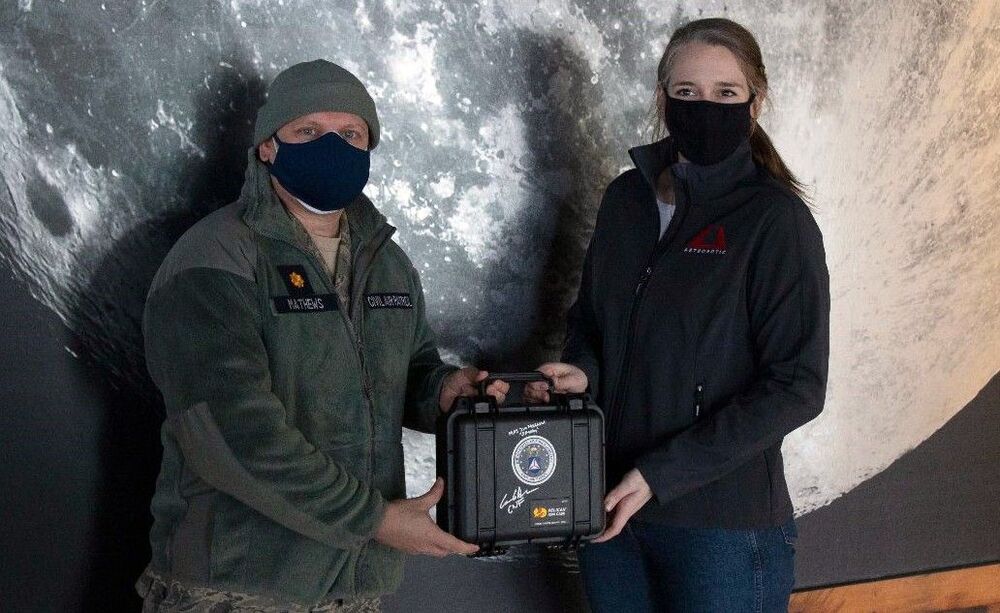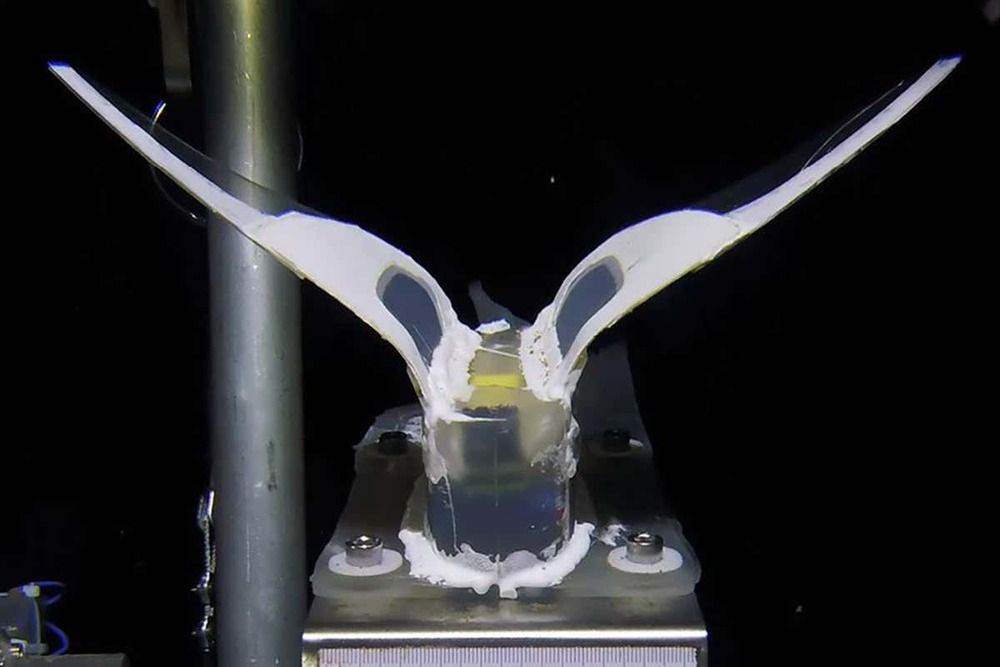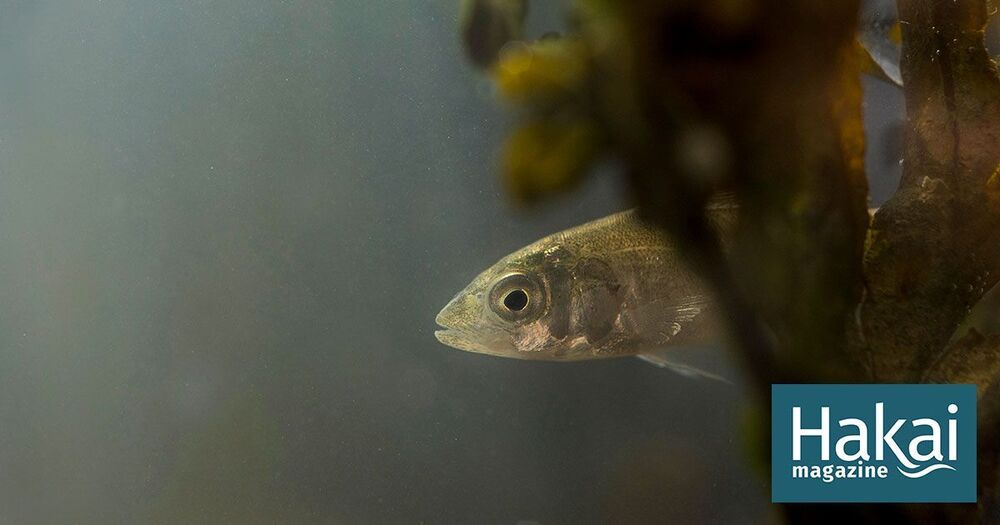NEW: A microchip carrying more than 27,000 Civil Air Patrol names with related messages and images is set to be carried to the moon later this year aboard space robotics company Astrobotic’s Peregrine lunar lander. https://www.cap.news/next-stop-the-moon-for-27000-cap-names/

 A microchip carrying more than 27000 Civil Air Patrol names with related messages and images is set to be carried to the moon later this year aboard space robotics company Astrobotic’s Peregrine lunar lander.
A microchip carrying more than 27000 Civil Air Patrol names with related messages and images is set to be carried to the moon later this year aboard space robotics company Astrobotic’s Peregrine lunar lander.









